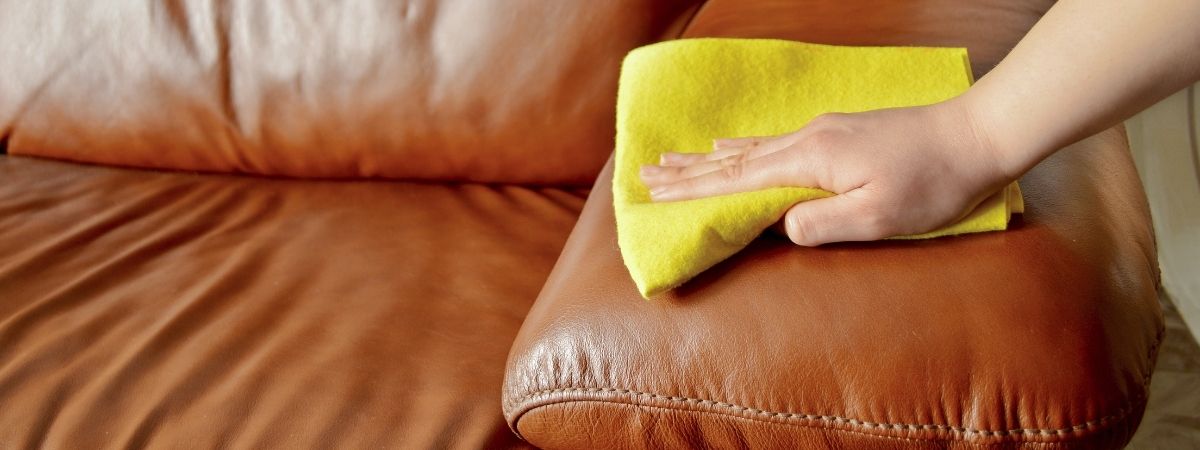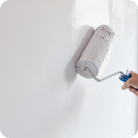How to Store Leather Furniture in a Storage Unit – The EASY Way

Furniture is one of the most commonly stored items in storage units. Leather furniture, like couches, sofas, or chairs, needs to be protected and stored properly to retain its comfort and value. You don’t want to come back to your self-storage unit a year later to see the surface of your favorite couch ripped and cracked. So, how do you store leather furniture in a storage unit to preserve the leather and not damage it? Our guide outlines the easy way to safely store your leather furnishings.
Clean all surfaces of your leather furniture
Start by vacuuming all the nooks and crannies of your furniture, especially if it’s a leather couch. Any foreign debris can cause headaches down the road, from smells and mold to scratches and other damage. After vacuuming, clean the leather surfaces carefully with a 50/50 mix of vinegar and water using a soft cloth. You don’t want to soak your couch—make sure to apply a small amount of the solution to your cloth so it is damp. After cleaning, leave the piece of furniture to rest for a day or two in a well-ventilated area to fully dry. At this point, it is best to clean the wooden legs of your couches or chairs.
Condition the leather surfaces
After cleaning the leather and allowing it to dry, condition the leather surfaces of your furniture to prevent it from drying out or cracking. You can purchase a leather conditioner online or at a store, or make your own homemade leather conditioner with beeswax. Most leather conditioners use some type of oil or wax to safely hydrate and reinvigorate the surface, which will leave your couch soft and ready to be stored.
Cover your furniture right before storing it
After moving your furniture inside the storage unit you need to cover it. This is best done right outside your storage unit or inside it, not beforehand. Do not wrap your furniture in plastic—leather needs to breathe! (Learn how to wrap furniture for storage.) Even if you made sure your couch was dry, wrapping it in plastic could trap moisture and encourage mildew. Instead, wrap your furniture with furniture blankets, cotton blankets, or furniture pads to ensure the leather surface stays ventilated and is protected from scratches and scrapes while it’s being moved and dust accumulation while in storage.
Use a climate-controlled storage unit if possible
Fluctuations in temperature, extreme heat or cold, and humidity can cause leather furniture to crack and deteriorate. Climate-controlled units keep your furniture at a stable temperature as well as regulate the amount of humidity in the air. If you live in a hot and humid climate like Florida, the heat and humidity can cause mildew growth. If you live in a climate where it can get cold and dry in the winter, the cool dry air can cause your leather to crack over time, even if you conditioned it fairly well. If you're in a humid area but cannot find climate-controlled storage, you can purchase desiccant packages or even place charcoal or kitty litter in breathable bags or bowls inside your unit to wick away moisture.
Putting your leather furniture in a storage unit
When you are ready to put your furniture in your storage unit, make sure the floor is clean of all debris, and put down a covering of plastic on the floor. If you are renting a smaller unit like a 5x10 to store your leather couch, leave at least a half-inch of room between the couch and the wall to ensure there is proper airflow. To prevent divots or impressions on the leather, do not place anything heavy on top of the cushions while it’s in storage. You may be able to place soft and lightweight items that don’t press down into the leather on top of the cushions.
We hope this guide can help you easily protect your leather furniture when it’s time to put it in storage units. Follow our storage blog for more how-to's and guides for self-storage and learn how to pack furniture for long-term storage.






